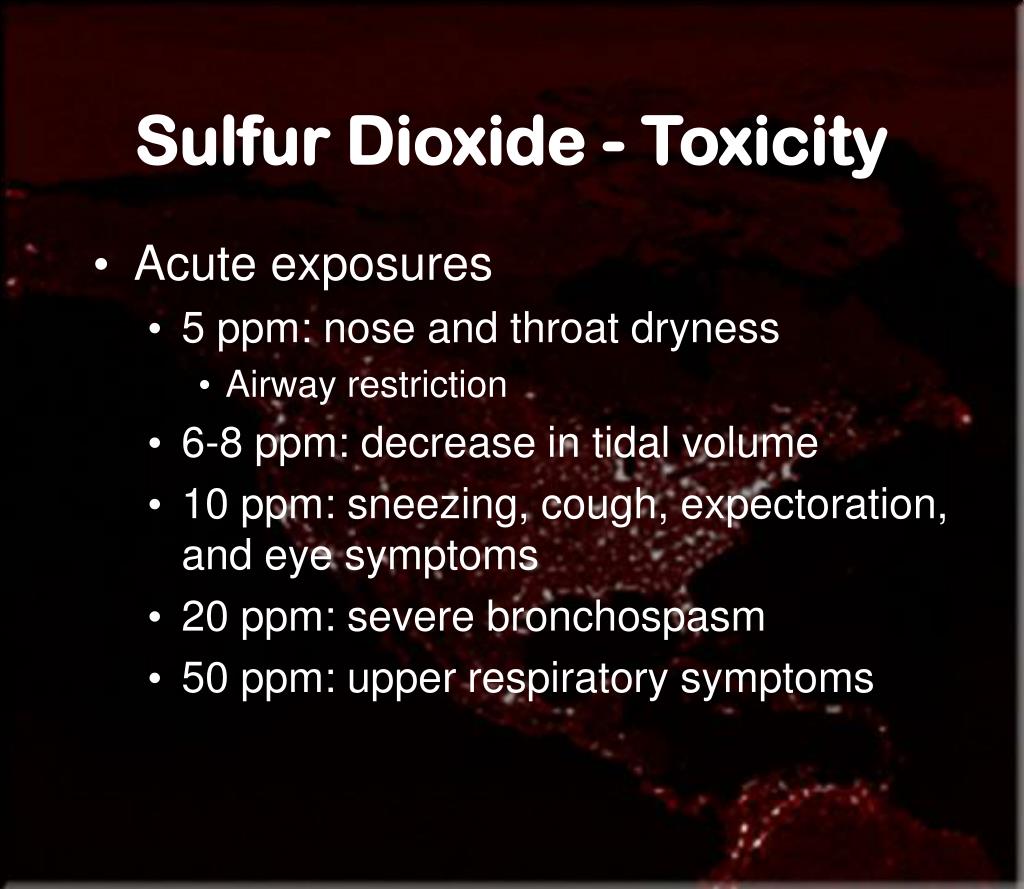

- #Symptoms of carbon dioxide poisoning in humans install#
- #Symptoms of carbon dioxide poisoning in humans skin#


Gently flush the eye with cool or lukewarm water for 20 minutes or until help arrives.
#Symptoms of carbon dioxide poisoning in humans skin#
Rinse the skin for 15 to 20 minutes in a shower or with a hose. Remove any contaminated clothing using gloves. If the suspected poison is a household cleaner or other chemical, read the container's label and follow instructions for accidental poisoning.

Remove anything remaining in the person's mouth. Learn more about carbon monoxide detectors and regulations.Take the following actions until help arrives: If there are residential units, these units need to have detectors.
#Symptoms of carbon dioxide poisoning in humans install#
There is no requirement to install carbon monoxide detectors in commercial buildings, unless they are mixed with residential units. If the tenant and landlord have such an agreement, the tenant does not have to pay the $25. This agreement should provide the owner access to the apartment to confirm the device is approved, installed properly, and working. Tenants can install a carbon monoxide detector, but they need to have an agreement with the owner to do it. Owners are required to provide and install at least one carbon monoxide detector in each apartment. Additional information is available on the Department of Buildings website. If your building has no fossil fuel burning furnaces or boilers, some units may be exempt from carbon monoxide rules. Usually, these detectors have a strobe light and must be hardwired into the building's electrical system. The landlord is required to install a detector that fits your needs. Tell your landlord if you are a deaf or hard of hearing tenant who cannot hear sounds from a standard carbon monoxide or smoke detector. Tenants have up to 1 year to make the payment.įor owner-occupied co-ops and condos, the board and the shareholders must decide who is responsible for installing carbon monoxide detectors. Tenants must pay the owner $25 when the owner installs a new carbon monoxide detector, replaces a carbon monoxide detector that has reached the end of its useful life, or replaces one that the tenant lost or damaged. While owners are required to install and replace carbon monoxide detectors, tenants are responsible for maintaining them and changing the batteries. The replacement device must be a model that has an end-of-life alarm. You may not be able to get a Temporary Certificate of Occupancy or a final Certificate of Occupancy until detectors are properly in place.Ĭarbon monoxide detectors are required to be replaced as their useful life expires, according to the manufacturer's instructions and based on the original date of installation. To report a broken or missing carbon monoxide detector in a rental unit, use the Apartment Maintenance Complaint page.


 0 kommentar(er)
0 kommentar(er)
